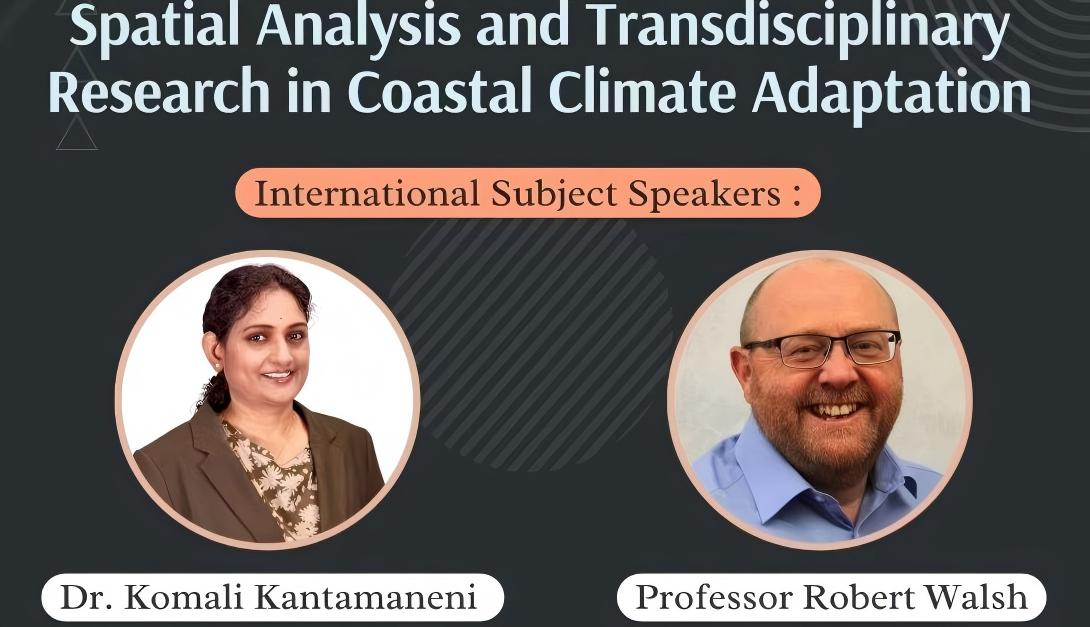Nathaniel Forbes, Director of the Forbes Calamity Prevention Pte Ltd in Singapore shared three stories that illustrate key issues affecting water in the Plenary Session of the IRDR Conference on 8 June. In his presentation, “Water and Emergencies: The Impact of Thirst, ” FORBES walked the plenary audience to Yemen, China and Singapore and shared the stories of Sameer, Mayram and Ethan and their challenges related to water resources.
In Yemen—Lack of water lead a young man to commit an act of terrorism.
Yemen, the oldest civilization in Arabia is also the poorest in the region. A third of the population suffers from chronic hunger and the country is always thirsty as it receives only 130 mm of rain each year. FORBES shared the story of Sameer, a 16-year-old living near a dry river bed 300 km from the capital Saana, who left for the town to better his and his family’s lot. In the capital, the young hungry and uneducated youth was lured by an imam of a mosque with promise of water, food, education and a purpose to take control of his situation and change it for better. Soon, Sameer was drawn into a terror group that promised paradise and sought a sacrifice from the youth. Some weeks later, Sameer and other Yemeni youths carried out a suicide bomb attack at a water treatment plant in Western Europe—-an act he termed as punishment to those who ignored his thirst.
China—How water can interrupt a company international supply chain.
FORBES shared the story of Maryam, a 19 year old girl from Xinjiang province, who left home for Longhua, a big manufacturing hub located 4,500 km away from her home, where her friend Wei Wei works in a factory assembling electronics for foreign companies. A long train ride lead Maryam to her friend and the factory where she started earning USD 5 per day for 12 hours of work. The big factory, which was constructed on farmland, employs over 250,000 people with large dormitories and cafeterias for employees. But the amount of water needed to keep it running and meet needs of all employees lead to water shortage in nearby farms. A complaint by farmers forced the government to act and Maryam’s company laidoff 20% employees in a single day to reduce the demand for water, including Maryam. The sudden shortage of employees affected the production and soon Apple, which sourced its products from Maryam’s factory, announced it would ship fewer iPhones and iPads this year due to problem in China, which was beyond its control.
Singapore—Water management can give competitive edge to a country.
Next was the story of Ethan, a Canadian working in the planning department of a pharmaceutical company, who was given the task of researching where the company needs to set up its manufacturing unit in Asia. He had three options to choose from—Singapore, China and India. He wrote to each of these countries and received a quick response from Singapore, a tiny island nation with a 5 million population that has been able to attract companies from all over the globe. Since pharmaceutical companies need lot of water to make medicines and clean equipment, Ethan researched on how Singapore manages water. He found that the country, which has no ground water or natural wells, stored most of the 2400 mm of rainfall it receives each year in reservoirs. This accounts for 50% of the country’s water supply. India was the top choice in Ethan’s assessment due to educated manpower and low wages, but Singapore’s extraordinary efforts to ensure its water security tipped the balance in the island nation’s favour and it received the final recommendation for the pharmaceutical’s plant location.
With these three stories, FORBES concluded the possible connections between water and three concerns of disaster risk professionals: terrorism, supply chain security and international business investment. The stories are three possible answers to the question, “What is the impact of thirst?”
In his closing FORBES posed this challenge, “Treat water scarcity as a disaster no less than an earthquake, a tsunami. Unless we converge our professions to address water scarcity, we will not be prepared for the water disasters of the future. We will not be able to protect our companies, we will not be able to protect our communities, and unless we start soon, we may not even be able to protect ourselves.”







